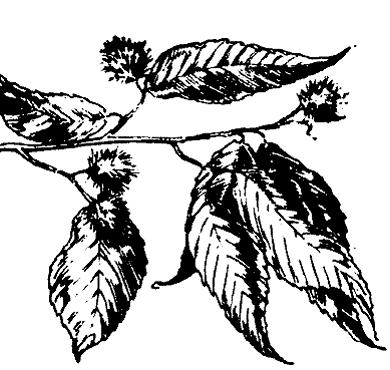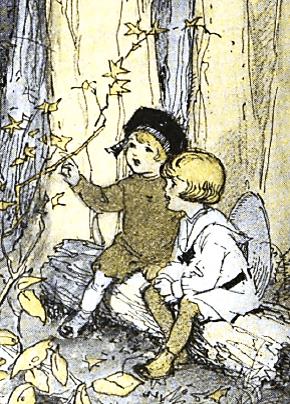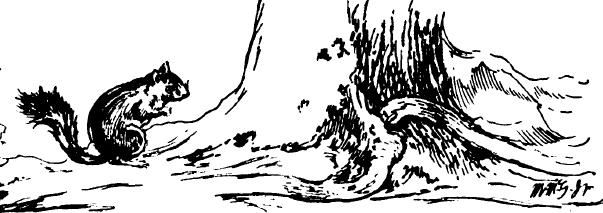 Peter and Polly Series
Peter and Polly
Peter and Polly Series
Peter and Polly




 Peter and Polly Series
Peter and Polly
Peter and Polly Series
Peter and Polly

Study the lesson for one week.
Over the week:
Squirrels are tree-dwelling rodents with bushy tails that typically eat nuts and seeds.
Facts about squirrels:
Types of squirrels in the US include gray squirrels, red squirrels, fox squirrels, ground squirrels, and flying squirrels.
Did you know that flying squirrels don't actually fly? Instead, they soar from tree to tree with the help of a built-in parachute. Their 'parachute' is a thin flap of skin stretching between their wrists and ankles.
Activity 1: Narrate the Story
Activity 2: Feed the Squirrels
Objective:
Hide peanuts or nuts for the squirrels to find.
Materials:
Peanuts or nuts.
Procedure: